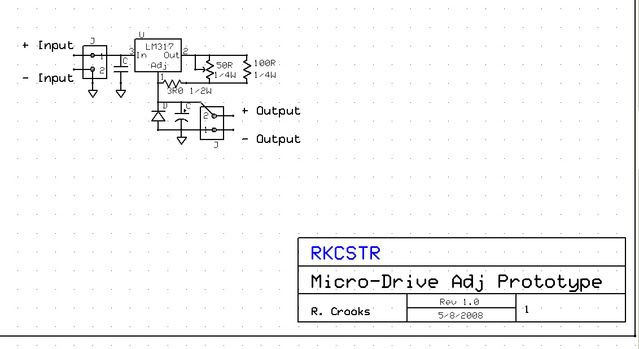rkcstr
0
- Joined
- Dec 1, 2007
- Messages
- 1,368
- Points
- 0
HZolly345 said:What would be the neccessary out power/ma for 2x lithium ion batterys( 3.6v each, with 500ma each?) that is connected to a stonetek.com sony 16x burner diode? Like if I wanted the high outpust temp for burning, and a bright dot?
From what I understand, most people driver the the Stonetek 16x diodes with about 250mA, which from what Hemlock Mike graphed here, should give you about 175mW output, which is more than enough to burn. You can go higher than that, but unless you have a good cooling solution, the diode life may suffer.
BTW, lasers do not put out "heat" or have a temperature. These lasers are merely are high energy light that when absorbed by materials will heat them up, and if their combustion temperature is low enough, burn them.








